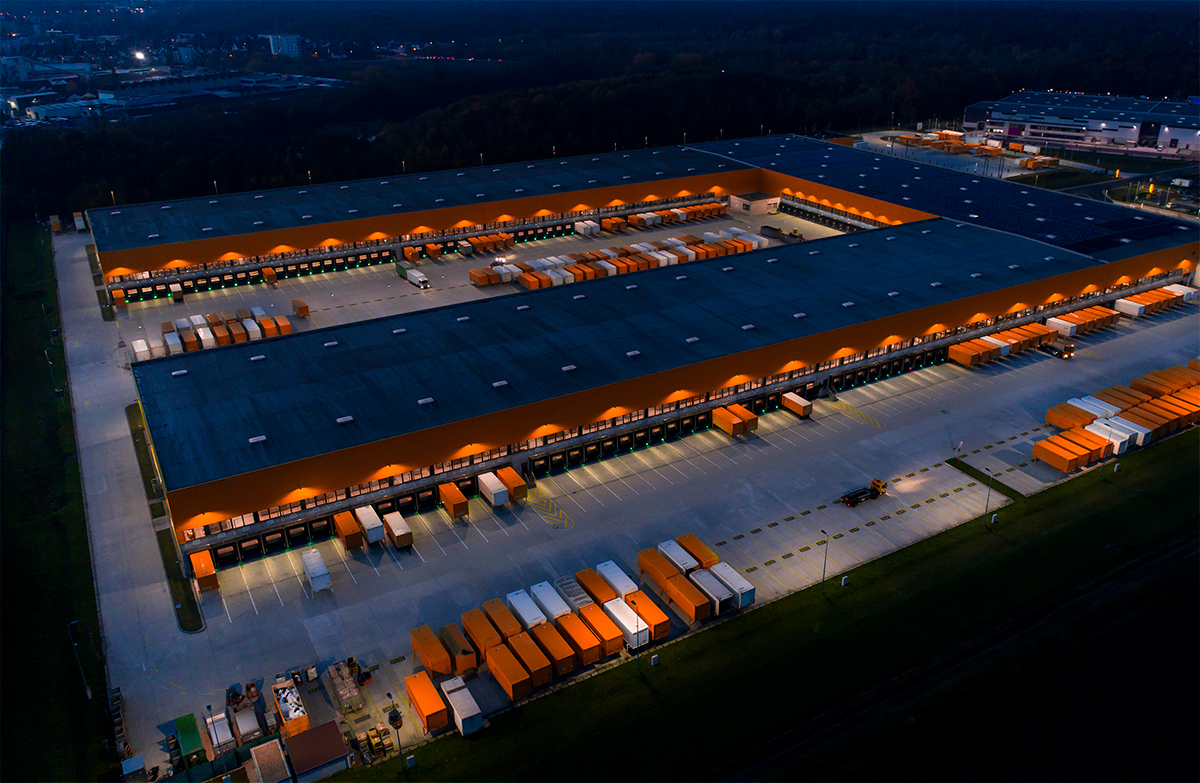
A wall pack light is an area lighting luminaire that is typically attached to a building wall or other vertical exterior surface and illuminates specific geometric areas for safe entry and exit of building users, building edge parking, building perimeter identification, and security enhancement. Wall packs are a special category of outdoor wall lights in that they’re utilitarian light fixtures designed and engineered with durability, energy efficiency, and photometric performance in mind. They are ideal for use in warehouses, loading docks, parking areas, commercial facilities, industrial buildings, big-box retail stores, restaurants, gas stations, or anywhere wall mounted security or perimeter lighting is desirable. However, the industrial aesthetic exuded by wall pack lights means that they also fit into residential spaces such as porches, sidewalks, garage perimeters, and apartment complexes.
Proper distribution of the luminous flux from luminaires is one of the essential considerations in the selection of outdoor lighting systems. The light pattern of wall pack lights can be identified by their reach in front and to each side of a single fixture location. Wall packs have intensity distributions that are very asymmetric. The most popular types of transverse light distributions used by these luminaires are Type III and IV. A distribution is classified by Type III when the half-maximum-candlepower isocandela trace within the longitudinal range falls between 1.75 and 2.75 times the mounting height (mh). The half-maximum-candlepower isocandela trace of Type IV distribution falls beyond 2.75 but does not exceed 3.7 times the mounting height. Wall packs that produce a Type IV distribution is commonly known as “Forward Throw” luminaires. The reach to each side of a single fixture location is known lateral light distribution. Lateral light distributions are divided into three groups: short (2.25 mh maximum), medium (2.25 – 3.75 mh), and long (3.75 – 6.0 mh).













